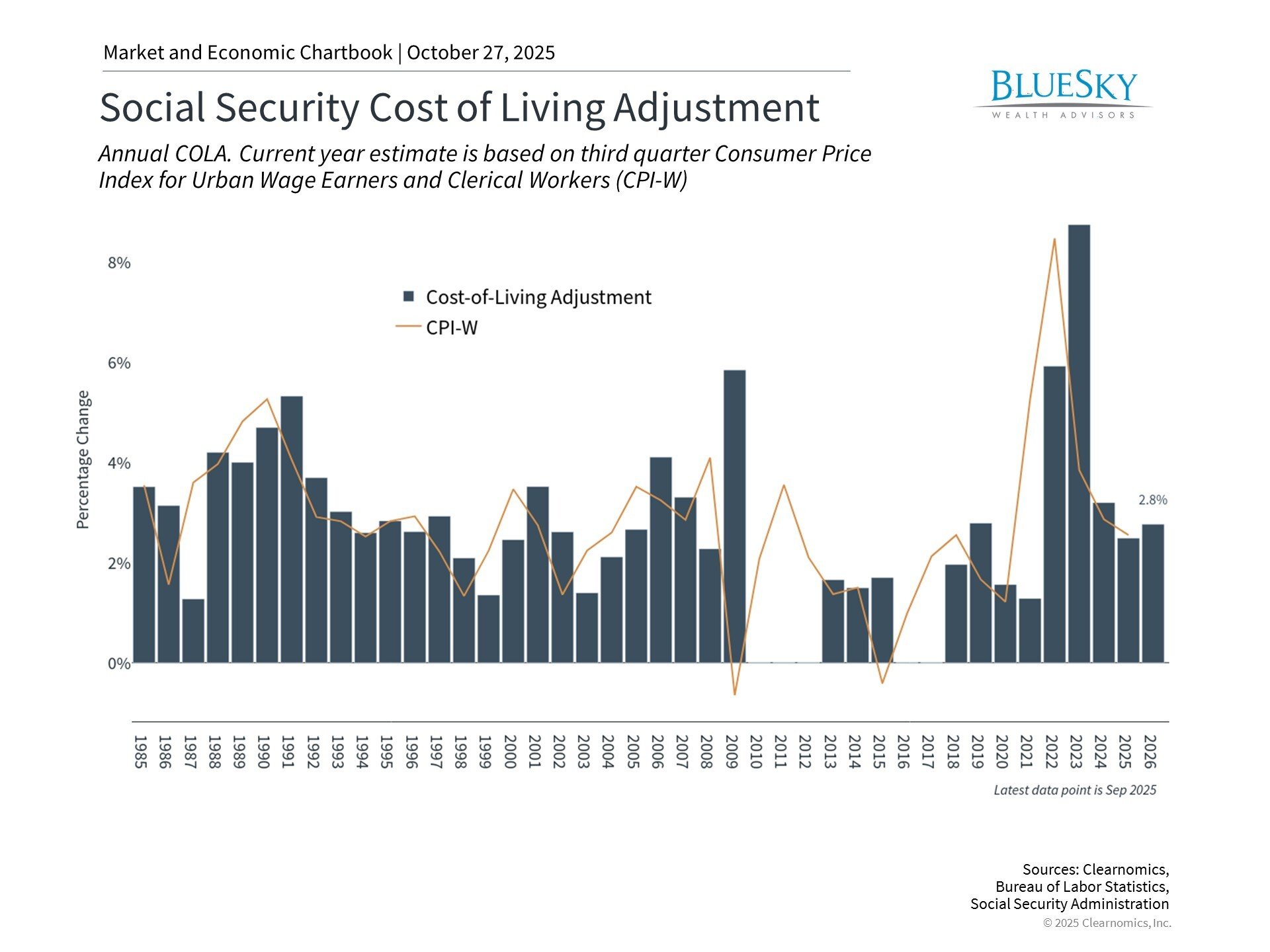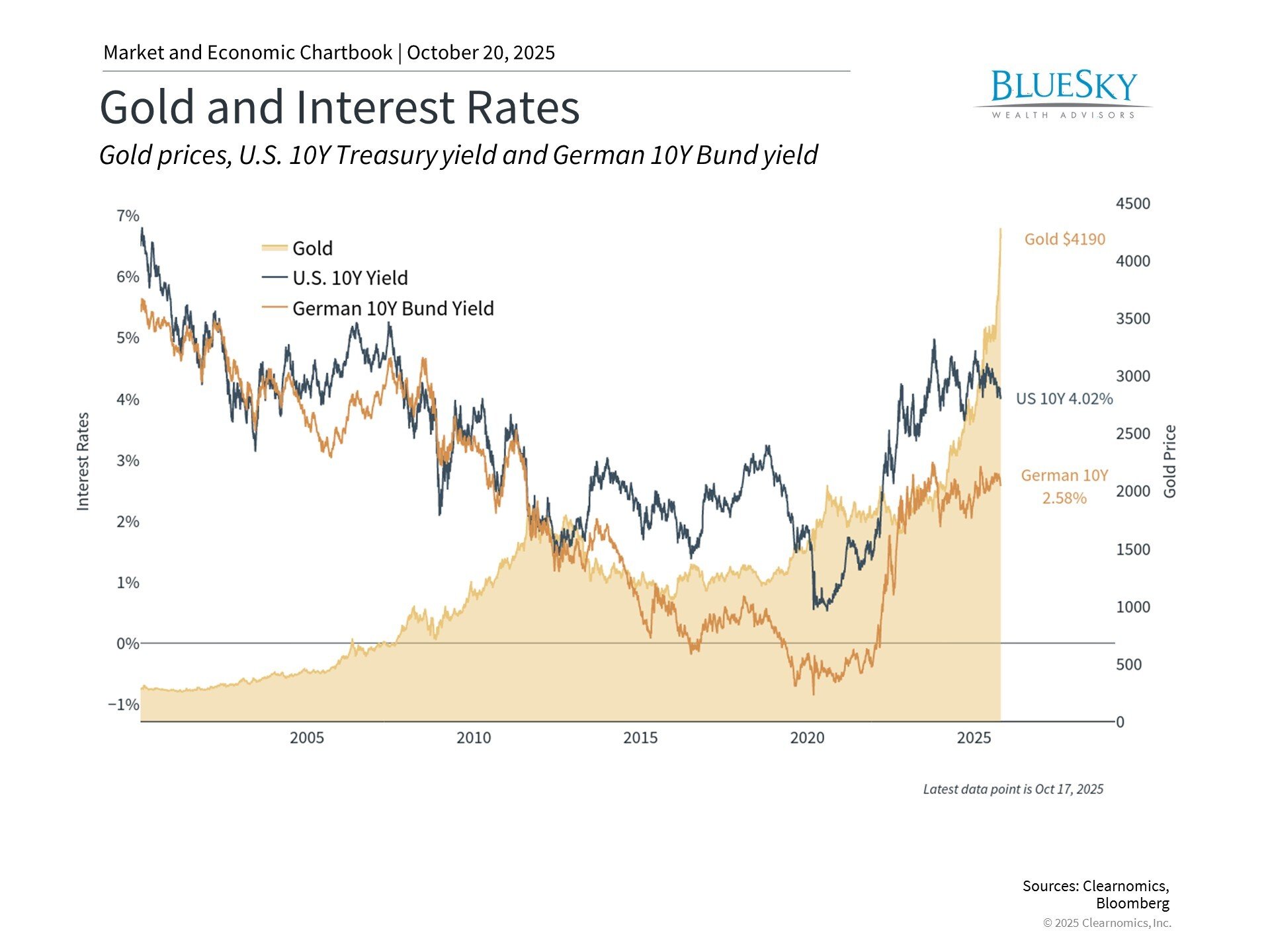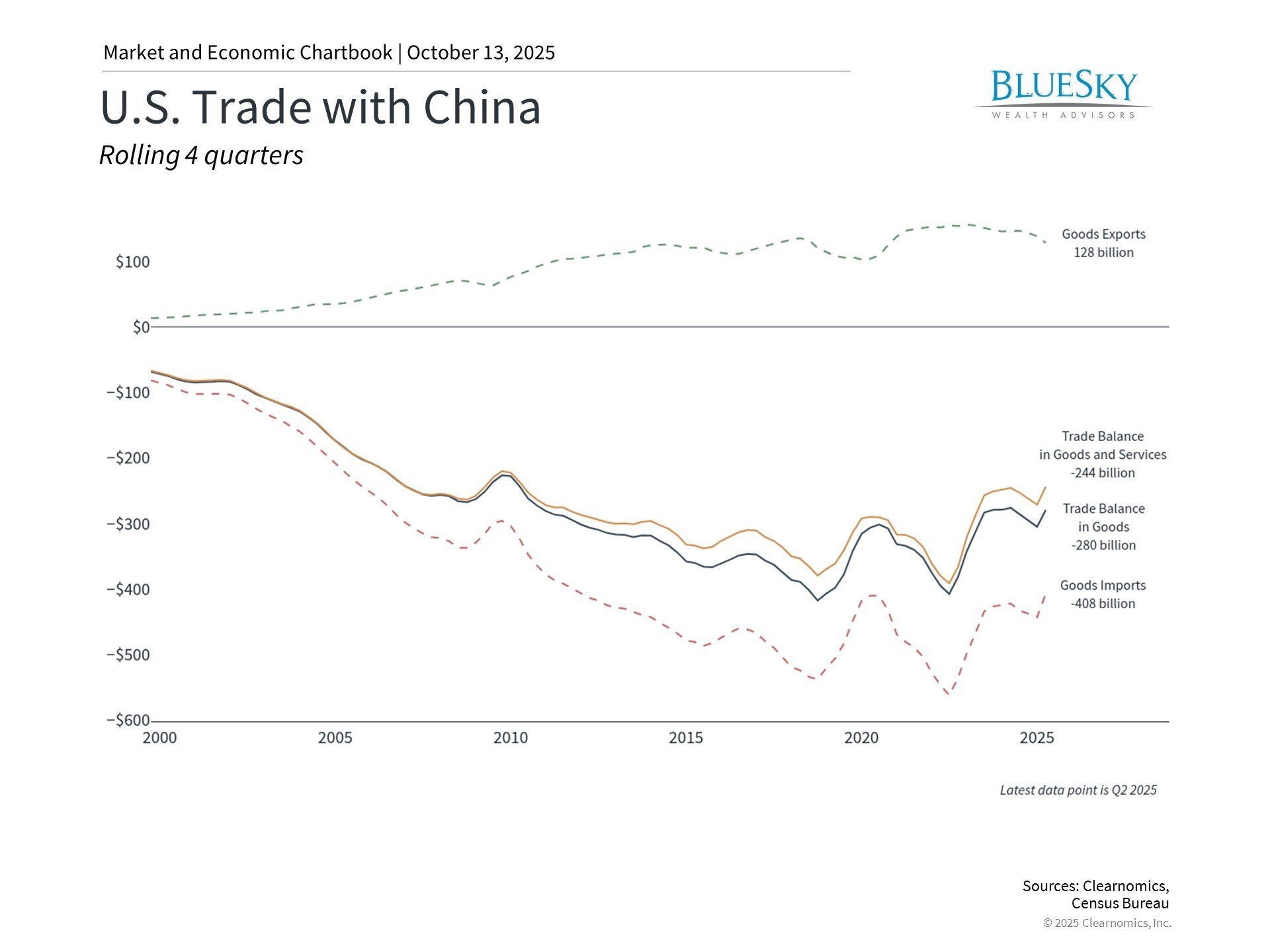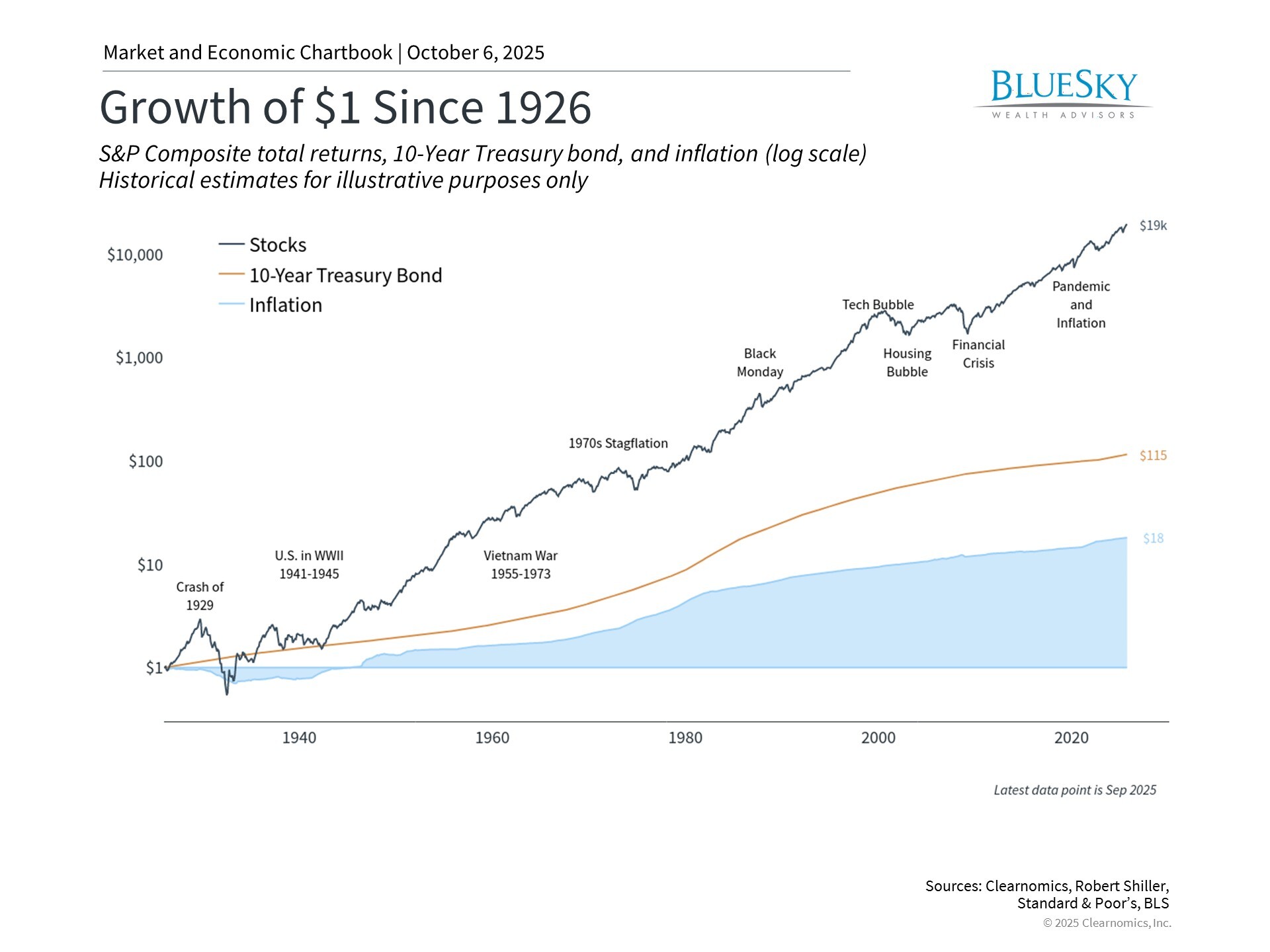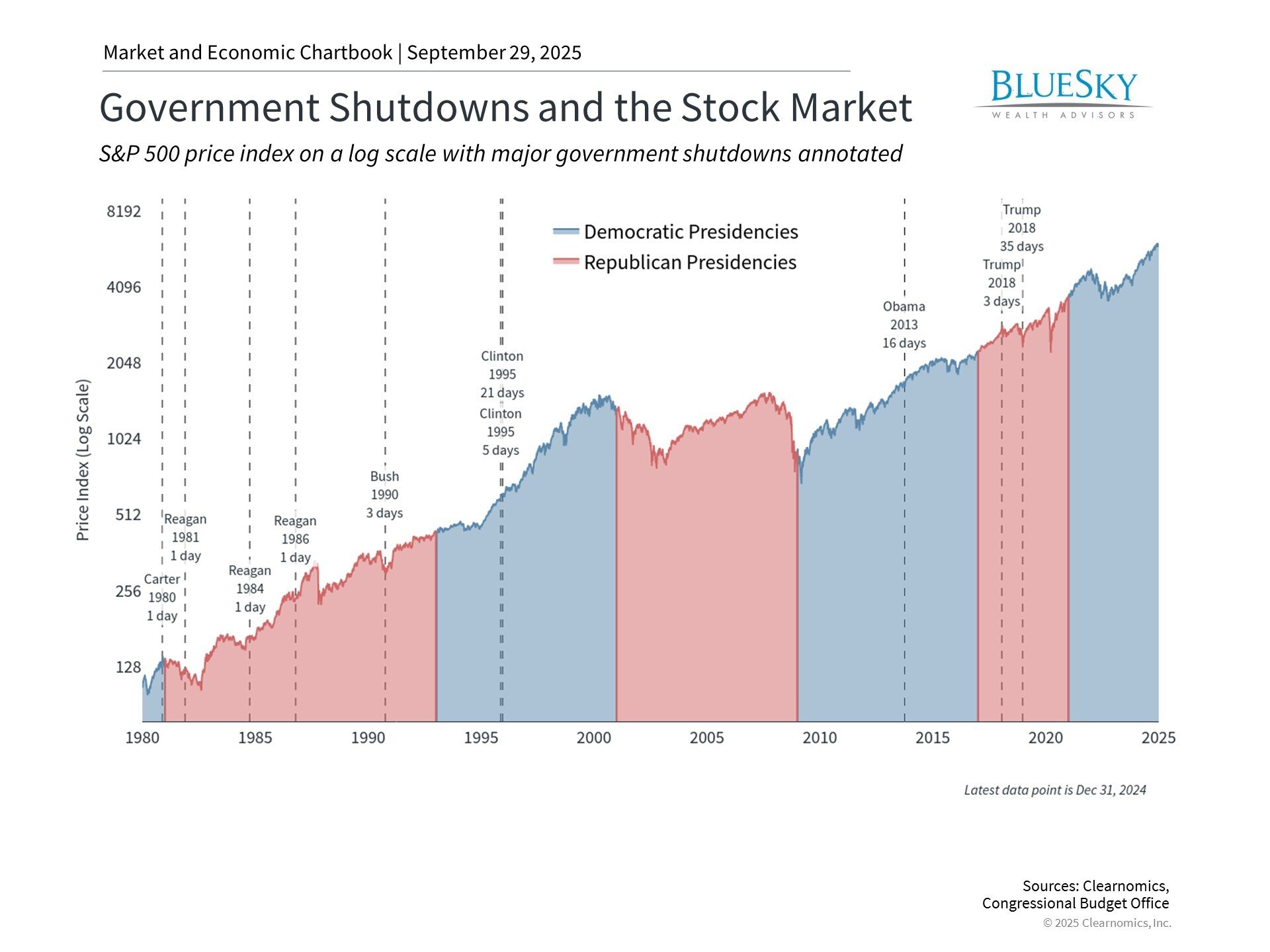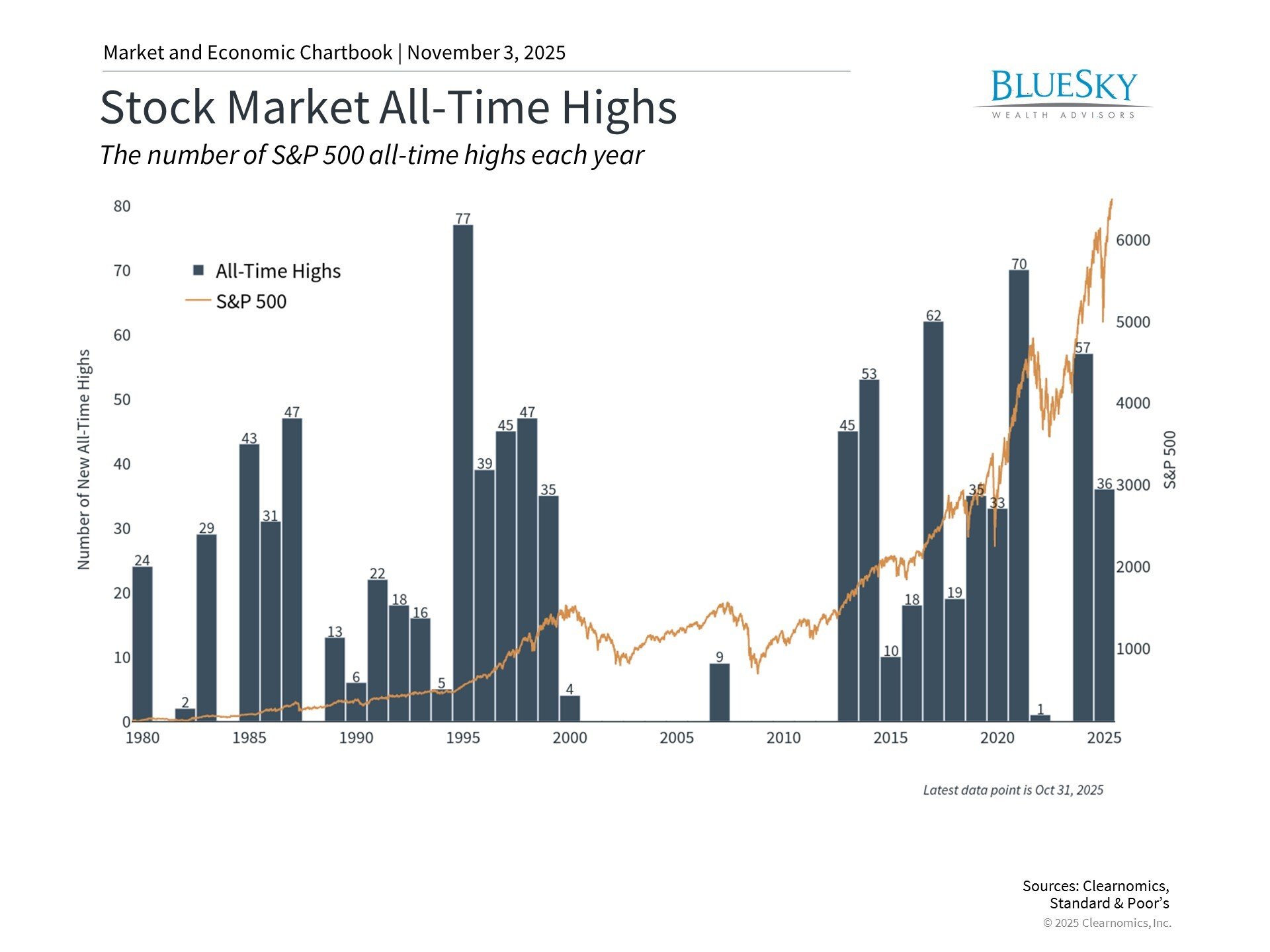
Q2 2025 Markets: Navigating Trade Policy, Inflation, and Portfolio Balance
Q2 2025 Markets: Navigating Trade Policy, Inflation, and Portfolio Balance
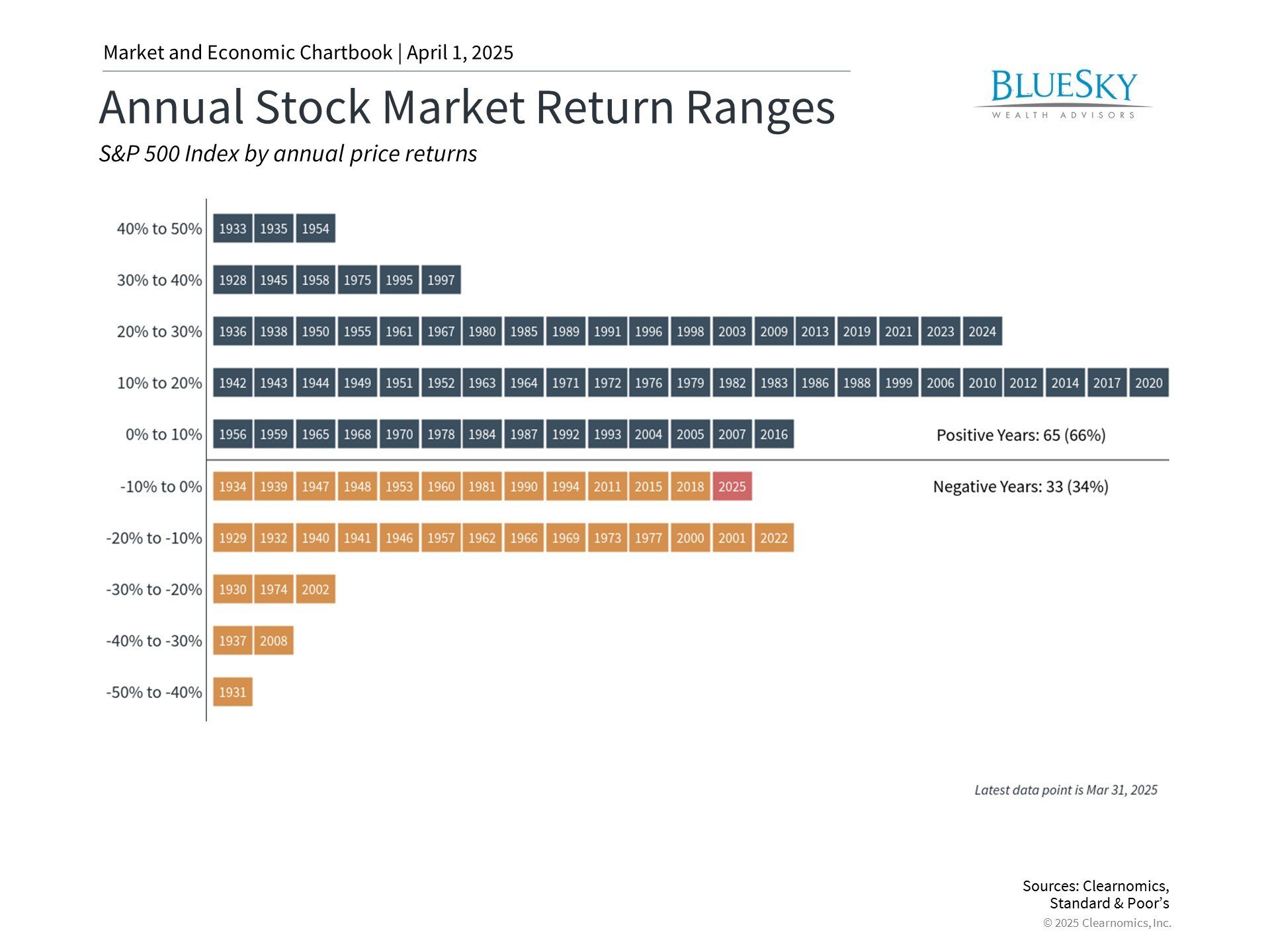
As the renowned investor Peter Lynch astutely observed, "far more money has been lost by investors trying to anticipate corrections, than lost in the corrections themselves." This wisdom resonates particularly strongly as we reflect on the first quarter's market performance, where major indices experienced notable declines. Despite these recent fluctuations, taking a broader view reveals substantial market gains over recent years - a crucial perspective for long-term investors to maintain.
The financial markets have been grappling with uncertainty surrounding trade policies, specifically the implementation and potential reciprocal effects of new tariffs with major trading partners. This uncertainty has manifested in market volatility, as investors process concerns about global economic growth implications and potential impacts on consumer prices. The prospect of higher costs for consumer goods has heightened inflation worries and raised questions about future spending patterns.
Market volatility typically increases during periods of uncertainty, as risk assessment and asset pricing become more challenging. The broad range of potential outcomes regarding trade policies contributed significantly to daily market fluctuations throughout the quarter.
Rather than focusing on single asset classes or reacting to daily news, successful investing requires maintaining a well-diversified portfolio capable of weathering various market conditions. This approach has proven valuable this year, as several asset classes including bonds, international equities, and commodities have provided portfolio support. This diversification principle will remain crucial as we navigate ongoing market uncertainty.
Key Market and Economic Drivers
- The S&P 500 declined 4.6% in the first quarter of the year, the Nasdaq 10.4%, and the Dow Jones Industrial Average 1.3%.
- The Bloomberg U.S. Aggregate Bond index gained 2.8%. The 10-year Treasury yield ended the quarter at 4.2% after reaching as high as 4.8% in January.
- Developed market international stocks (MSCI EAFE) gained 6.1% and emerging market stocks (MSCI EM) increased 2.4% in the quarter.
- Gold rallied to a new record level of $3,122 per ounce, while Bitcoin declined to $82,421. The U.S. Dollar Index fell to 104.21.
- In the economy, headline inflation (Consumer Price Index) rose 2.8% year-over-year in March, while the Core measure, which excludes food and energy, rose 3.1%.
- The University of Michigan Consumer Sentiment index fell to 57, the lowest level since 2022. Consumers expect inflation of 5% over the next year.
- The Federal Reserve kept rates unchanged within a range of 4.25 to 4.5% in March, but slowed the pace at which assets will roll off its balance sheet.
First quarter brings market challenges amid economic uncertainty

The first quarter marked a pause in market momentum, representing the first negative quarter since Q3 2023. While the S&P 500's year-to-date performance is currently negative, historical data shows this pattern is not unusual. Typically, markets post gains in about two-thirds of calendar years, with negative returns in the remaining third. Despite periodic downturns, the long-term trajectory of stock markets has consistently trended upward across various market cycles.
Looking ahead to Q2, significant uncertainties remain. Market direction will likely be influenced by corporate performance and economic indicators, particularly given recent market leadership by large technology firms and elevated valuation metrics.
Corporate fundamentals remain encouraging, with S&P 500 earnings-per-share projected to grow approximately 12% in the coming year. While such forecasts warrant careful consideration, they suggest underlying market strength persists.
Fixed income investments have demonstrated their portfolio stabilizing role during this period of stock market volatility. When economic growth concerns arise, interest rates often decline, benefiting bond prices and supporting diversified portfolio returns.
Various fixed income sectors have delivered positive returns this year, including TIPS, mortgage-backed securities, Treasurys, and corporate bonds. This performance contrasts with recent years' challenging bond market conditions and reinforces the value of maintaining diversified investment allocations aligned with long-term objectives.
Trade policy uncertainty impacts consumer outlook

Investor sentiment reached its most pessimistic level since 2022, according to the AAII survey, largely due to trade policy uncertainty. Markets await clarity on tariff implementation details, while international negotiations continue regarding potential retaliatory measures.
Inflation concerns persist despite moderating price indicators. While key metrics showed improvement during Q1, they remain above the Federal Reserve's 2% target. Economic experts express concern about tariffs' potential inflationary impact on imported goods and broader price levels.
Consumer sentiment has declined to historical lows, with inflation expectations reaching significant levels. March surveys indicate consumers anticipate 4.1% long-term inflation - a three-decade high - while near-term expectations have risen to 5.0%, reflecting tariff-related price concerns.
Despite sentiment challenges, consumer spending remains resilient, supported by a strong labor market maintaining 4.1% unemployment. Real wage growth continues to provide financial stability for many households, even with increased debt levels, though experiences vary across different demographic groups.
The Federal Reserve has adjusted its 2025 economic outlook, projecting 1.7% GDP growth - the lowest forecast since 2022. While maintaining current interest rates, the Fed views tariff impacts as temporary, drawing parallels to the 2018 experience where initial price effects eventually stabilized.
Diversification benefits evident in broader market performance

International investments delivered positive returns in Q1, with both developed and emerging markets advancing. This performance came despite recent challenges in global markets and U.S. stock dominance. A weakening dollar provided additional support for international asset returns.
These results underscore the importance of geographic and asset class diversification in portfolio construction. While a balanced approach may not consistently outperform any single market segment, it typically provides more stable long-term results. This stability helps investors maintain their investment strategy and progress toward long-term objectives, ideally with professional guidance.
The bottom line? While market uncertainty creates discomfort, volatility remains an inherent aspect of investing. Q1 results reinforce the value of diversified portfolios in pursuing long-term financial success.
BlueSky Disclosures
Copyright (c) 2025 Clearnomics, Inc. All rights reserved. The information contained herein has been obtained from sources believed to be reliable, but is not necessarily complete and its accuracy cannot be guaranteed. No representation or warranty, express or implied, is made as to the fairness, accuracy, completeness, or correctness of the information and opinions contained herein. The views and the other information provided are subject to change without notice. All reports posted on or via www.clearnomics.com or any affiliated websites, applications, or services are issued without regard to the specific investment objectives, financial situation, or particular needs of any specific recipient and are not to be construed as a solicitation or an offer to buy or sell any securities or related financial instruments. Past performance is not necessarily a guide to future results. Company fundamentals and earnings may be mentioned occasionally, but should not be construed as a recommendation to buy, sell, or hold the company's stock. Predictions, forecasts, and estimates for any and all markets should not be construed as recommendations to buy, sell, or hold any security--including mutual funds, futures contracts, and exchange traded funds, or any similar instruments. The text, images, and other materials contained or displayed in this report are proprietary to Clearnomics, Inc. and constitute valuable intellectual property. All unauthorized reproduction or other use of material from Clearnomics, Inc. shall be deemed willful infringement(s) of this copyright and other proprietary and intellectual property rights, including but not limited to, rights of privacy. Clearnomics, Inc. expressly reserves all rights in connection with its intellectual property, including without limitation the right to block the transfer of its products and services and/or to track usage thereof, through electronic tracking technology, and all other lawful means, now known or hereafter devised. Clearnomics, Inc. reserves the right, without further notice, to pursue to the fullest extent allowed by the law any and all criminal and civil remedies for the violation of its rights.

